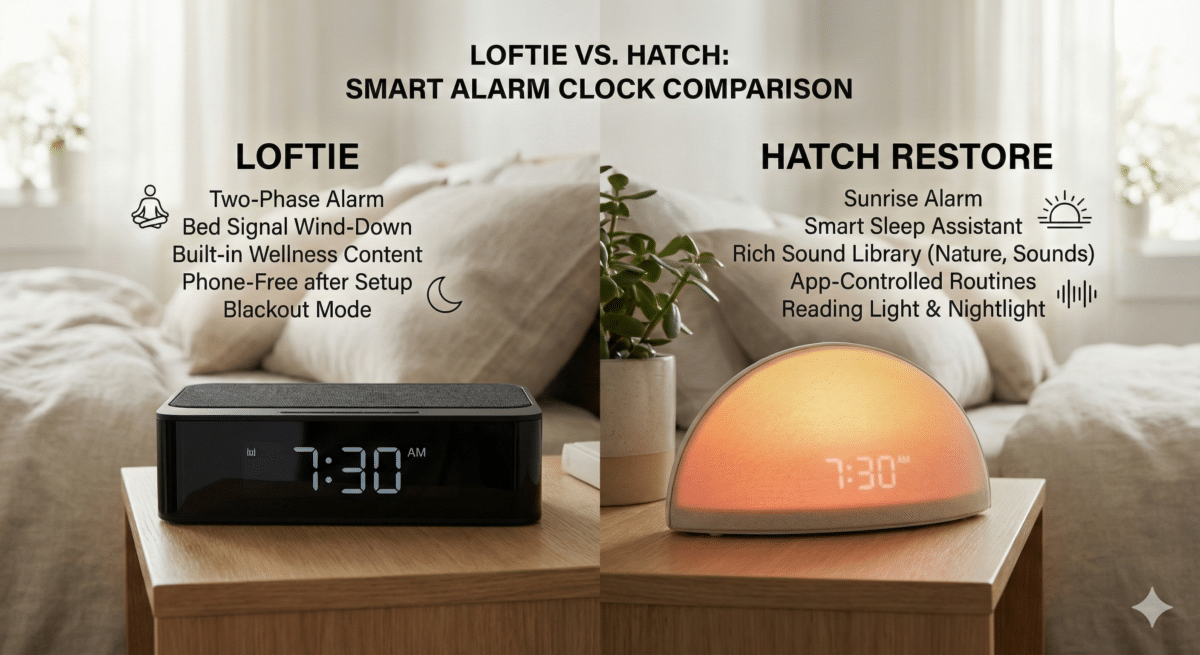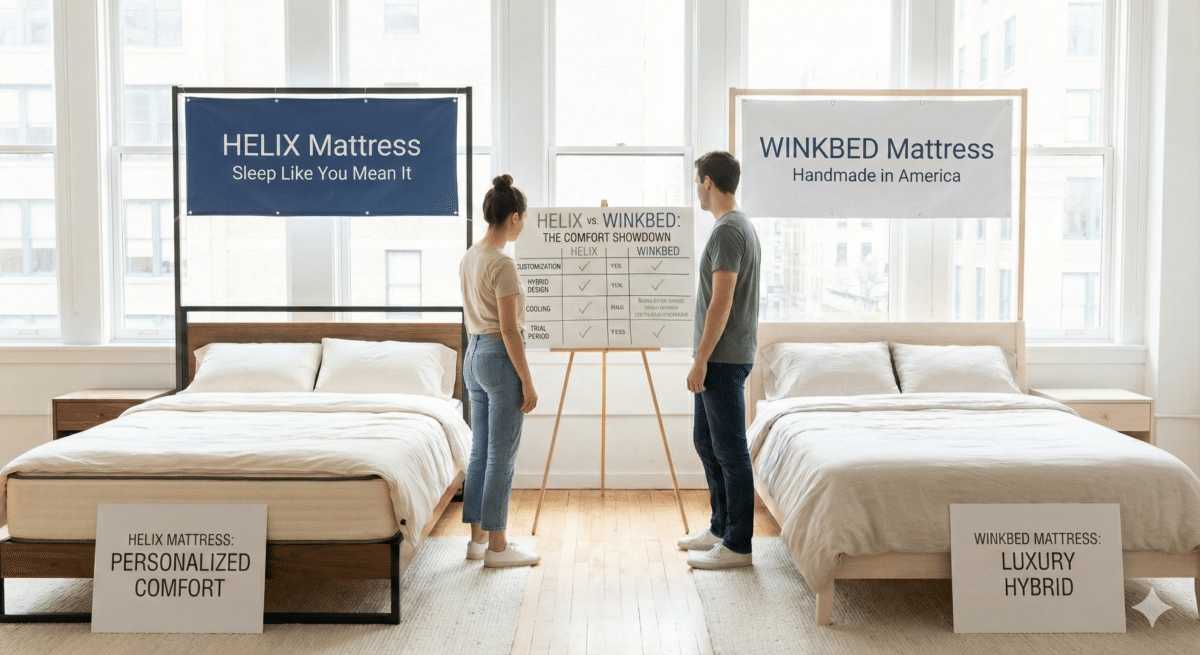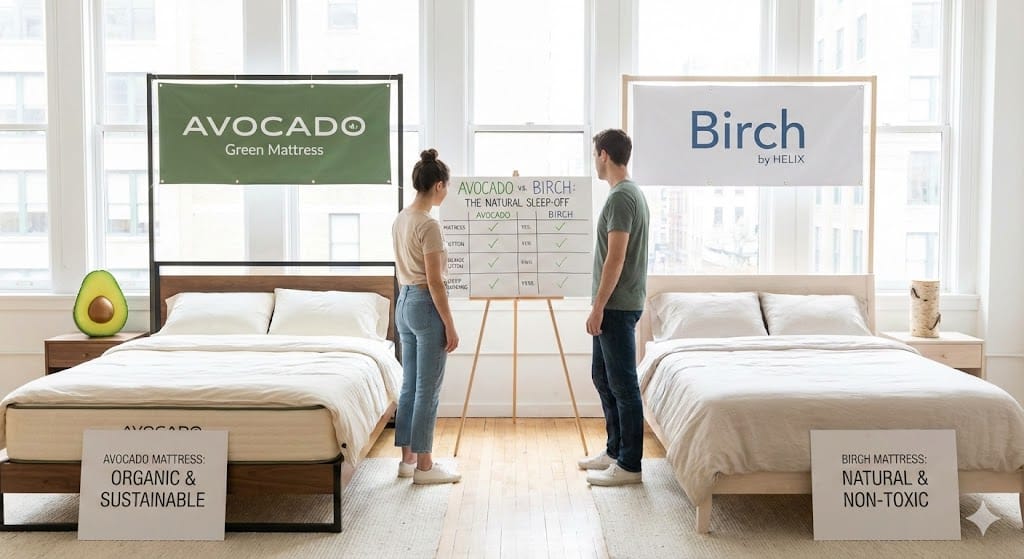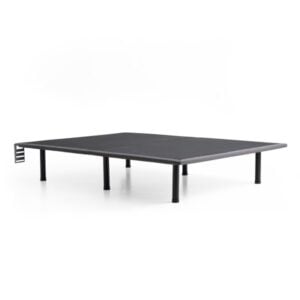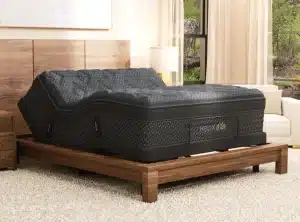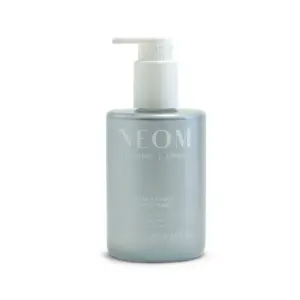Bunk Bed Safety: Essential Tips for an Effortless Night
Understanding Bunk Bed Safety
Are bunk beds safe? The answer is a qualified yes, but ensuring safety hinges on adhering to crucial safety measures. Bunk beds serve as a fantastic asset in both space-saving and adding a playful element to a child’s room. However, without proper safety features, they can also pose significant risks such as falls, head injuries, and even entrapment. According to the Consumer Product Safety Commission (CPSC), safety standards—including sturdy guardrails and secure ladders—are non-negotiable.
I’m Ben Trapskin, founder of Yawnder, where I strive to transform your sleep experiences. Having spent over 13 years researching sleep products and impassioned by my own struggles with sleep, I firmly believe that a safe sleeping environment is essential for everybody, especially children.
Essential Safety Features for Bunk Beds
Guardrails
First and foremost, a vital aspect of bunk bed safety is the presence of guardrails. The top bunk should have guardrails on both sides, extending at least five inches above the mattress to deter falls. Furthermore, gaps should be less than 0.22 inches at the ends to prevent entrapment.
Ladder Security
A precariously attached ladder is a recipe for disaster. Ensure that the ladder is securely affixed to the bed frame, making it stable for late-night bathroom trips and easy navigation. A wobbly ladder can lead to accidents, and no child should ever feel unsteady when climbing.
Proper Mattress Fit
The importance of a properly sized mattress cannot be overstated. A snug fit within the bed frame is essential; gaps pose a risk for entrapment. The mattress should also conform to the manufacturer’s recommended thickness to maintain the guardrails’ effectiveness.
Quality Construction Materials
The materials used for your bunk bed speak volumes about its durability. Opt for beds made from solid wood or high-quality metal. Avoid flimsy options, as low-quality materials can compromise structural safety over time.
Compliance with Safety Standards
In the United States, the CPSC outlines specific safety requirements for bunk beds, encompassing guardrail installations, secure ladder attachments, and mattress dimensions. Similarly, the European standard EN747-1:2012+A1:2015 includes stringent guidelines regarding bunk bed safety, ensuring strength and durability.
Weight Limits
Be mindful of the weight limits indicated by the manufacturer. Typically, the top bunk should not exceed 175 to 200 pounds, inclusive of the mattress and bedding. The bottom bunk often accommodates a higher weight capacity, generally around 250 pounds. Ignoring these limits can lead to significant safety hazards.
In summary, when it comes to the question, Are bunk beds safe? the answer lies in meeting strict safety features and standards. Always check compliance with CPSC guidelines and other relevant benchmarks to ensure your child’s bunk bed is adequately secure.
Common Bunk Bed Injuries: The Importance of Prevention
Injury Statistics
While bunk beds are excellent for maximizing space, they come with inherent risks. Annually, around 36,000 injuries related to bunk beds occur in the U.S., predominantly affecting children under six. Moreover, college dormitory injuries are significantly higher among students aged 18 to 21, often exacerbated by factors like alcohol consumption.
Effective Prevention Tactics
– Guardrails and Proper Mattresses: As emphasized earlier, ensure that guardrails are secure and that mattresses fit snugly within the bed frame.
– Discourage Play: Establish a firm rule that playing on the bunk or ladder is strictly off-limits to prevent falls and injuries.
– Night Lights: Installing a night light near the ladder can illuminate the way, reducing the likelihood of nighttime accidents.
– Teach Safe Climbing: Educate your children on how to navigate the ladder safely, reminding them to use both hands and take it slow.
– Clear Surroundings: Maintain a clutter-free area around the bed to minimize tripping hazards.
– Regular Inspections: Conduct routine checks for any damaged components, and avoid using the bed if any parts are worn.
By integrating these preventative measures, you can significantly minimize injury risks and maintain a safe sleeping environment for your child.
Age and Weight Considerations: Key Factors in Bunk Bed Safety
Age Guidelines
Age plays a crucial role in the question of bunk bed safety. The CPSC advises against children under six sleeping in the top bunk due to their developmental stage and potential lack of judgment regarding climbing and height risks. Assess whether your child is mature enough to comprehend and manage these dangers before allowing them access to the top bunk.
Weight Limits
Confirm that you’re within the manufacturer’s specified weight limits. The average weight capacity for the top bunk is about 175 to 200 pounds, while the bottom usually handles up to 250 pounds or more. Exceeding these limits can compromise the structural integrity of the bed, heightening the risk of accidents.
By considering both age and weight restrictions, you can make informed choices that ensure your child’s sleeping environment remains safe and secure.
Additional Safety Accessories for Enhanced Protection
To further fortify bunk bed safety, consider the following accessories:
– Rail Guards: Essential for fall prevention, ensure these are at least 10 cm taller than the mattress.
– Non-Slip Pads: Adding non-slip pads or treads on the ladder steps minimizes slips, especially for younger children.
– Mattress Retaining Bars: These keep the mattress securely in place, crucial for active sleepers.
– Proper Installation: Follow the manufacturer’s instructions meticulously to ensure all accessories are securely attached.
Recommendations for Room Layout
Consider the overall layout of the room to enhance safety. Position the bunk bed away from ceiling fans and lights to prevent accidents. Ensure adequate clearance above the top bunk so children can sit up comfortably without risk of bumping their heads.
FAQs on Bunk Bed Safety
Is it safe to sleep on a bunk bed?
Yes, but safety measures must be in place. Children under six should sleep on the bottom bunk. For older children, ensure sturdy guardrails, a secure ladder, and the right mattress size.
How common are bunk bed injuries?
In the U.S., approximately 36,000 annual bunk bed-related injuries occur, mostly among children under six. College students face heightened risks, often linked to alcohol.
How do you know if a bunk bed is safe?
Assess for guardrails on both sides, a stable ladder, the correct mattress size, and durable construction materials. Check for recalls to ensure compliance with safety standards.
Conclusion
At Yawnder, we recognize that bunk bed safety is non-negotiable for providing a peaceful sleeping environment for children. Investing in a secure bunk bed, performing regular safety checks, and adhering to maintenance guidelines can significantly reduce common injuries.
The key to a safe bunk bed experience lies in selecting a bed that meets all safety requirements, educating children on proper usage, and performing routine inspections. By following these comprehensive guidelines, you can create a secure and enjoyable sleeping environment for your kids.
For further insights and in-depth reviews on mattresses and sleep products, explore our mattress reviews page. At Yawnder, our commitment is to foster the best possible sleeping experiences—stay safe, and sleep well!


